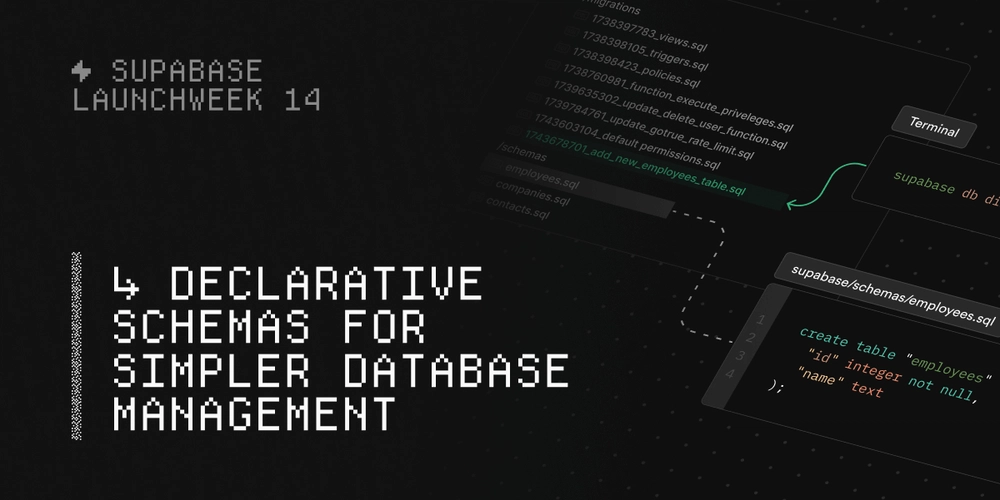Dev
2w
255

Image Credit: Dev
Declarative Schemas for Simpler Database Management
- Declarative schemas have been introduced to simplify managing and maintaining complex database schemas by defining the database structure in .sql files.
- Benefits of declarative schemas include maintaining the entire database schema in one place, generating migration files automatically, and facilitating concise code reviews.
- Declarative schemas provide a single point of reference compared to using versioned migrations, especially for complex and frequently-updated database schemas.
- The complexity of database schemas can slow down development velocity, as changes may affect other views or functions, requiring multiple steps and manual updates.
- Using declarative schemas in production streamlines the process by allowing changes to be made in one place, reducing the need to duplicate changes across multiple files.
- A schema diff tool like migra can be used to identify necessary updates for views and functions when generating migration files, simplifying the development process.
- Declarative schemas on Supabase provide tools for managing database schemas in one place, simplifying the development process and reducing the time spent on managing migrations.
- Declarative schemas improve development efficiency by enabling engineers to make schema changes in a centralized manner, cutting down development time significantly.
- Supabase CLI now includes the tools used internally for managing migrations, offering developers a streamlined experience when working with database schemas.
- Declarative schemas offer a more efficient way to manage database schemas, providing benefits such as simplified development processes and easier merge conflict resolutions.
Read Full Article
15 Likes
For uninterrupted reading, download the app